American History weaves throughout the streets of Boston. But while adults feel pride and awe for sites such as Old North Church and Boston Harbor, many kids and teenagers feel detached from a time period that barely compares to modern day—let’s face it, any kind of travel with teens can be difficult. Their eyes glaze over, the ear buds go in and discomfort ensues for all parties involved. Travel with kids is hard.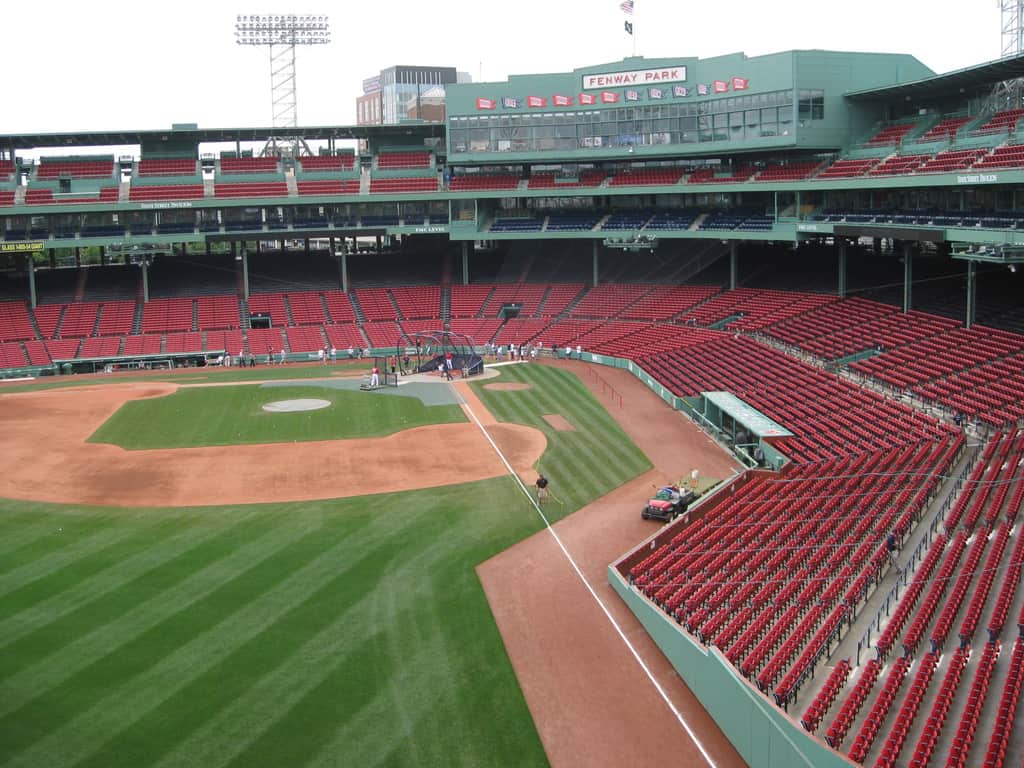
A personal experience
Our family experienced the same conundrum on a recent trip to Boston. It was hard to find activities that interested all of us while traveling with my 16-year-old brother. A recent college graduate, I looked forward to seeing Lexington, Walden Pond, Old North Church—places that shaped American life. My brother, on the other hand, seemed a little south of excited. Listening to tour guides outfitted in wigs and breeches and traipsing through dusty buildings did not strike him as “having fun”.
We found our happy medium at Fenway Park: a well-known name in baseball, and also one of the oldest ball parks in the country. Fenway was added to the National Historic Register last year when it celebrated its 100th year. The park offers hourly tours, giving a behind-the-scenes view of the park’s past and modern workings.
Taking the tour
Our tour began in the first tier, amid the pre-game bustle (the Red Sox were scheduled to play the Blue Jays that evening). As workmen pruned the field and vocalists practiced the national anthem, our guide acquainted us with the park and the Red Sox. Perched in the original 1930s seating, it felt like we were simply another page of Fenway’s long tradition.
For the first time that week I saw my brother pull out his camera and try to answer questions posed by our guide. When the guide asked if we wanted to sit on the “Green Monstah” (the way Bostonians pronounce “Green Monster”), a famous feature of the park, he took part in our group’s enthusiastic “yes!”
We climbed some stairs to the top tier of the park towards the hulking green metal mass encroaching on the outfield. Once at the top, a brick wall reading “Green Monster Seats” in large, old-fashioned letters pointed us towards our stop with a great white arrow. The group became a sea of cameras, as we walked onto the structure. Standing right above the scoreboard, this view of the field is usually only seen by a left fielder. My brother and I listened with interest as our guide named each yellow foul pole—Pesky Pole in right field and Fisk Pole in left field—and revealed the story behind each.
The ‘Monstah’ impresses
When another tour arrived to take their turn on the “Monstah,” everyone took a final wistful gaze onto the field and grudgingly followed our guide onto the stadium’s top tier. Our disappointment disintegrated at the stair landing, where we were greeted with a backdrop of city skyline. I heard my brother mutter a hushed “whoa,” and was glad to know that he was enjoying himself (whether he admitted it or not).
As our guide led us towards right field, he pointed out fun tidbits along the way. “Those lines on the scoreboard are Morse code for the owners’ names. That lone, red seat behind right field indicates the longest home run ever hit in Fenway history.” My brother and I eagerly followed the guide’s hands, trying to mentally store all these facts for later.
Once the tour ended, we were directed down the stairs towards one of the many park exits. Handprints from bygone all-stars waved goodbye from the pavement, inviting us to come again. Once outside, I turned and asked him if he liked the tour. “Yeah, it was pretty cool,” he replied in his normal noncommittal tone. But as we crossed the street, he turned towards the entrance for one last look. And in that instant I knew that he was finally enjoying our vacation.
Susan Johnson is a recent graduate, currently residing in Annapolis, MD. Though she has no children of her own, she firmly believes in the educational and experiential value of travel for all ages, as well as its ability to bring people closer together.


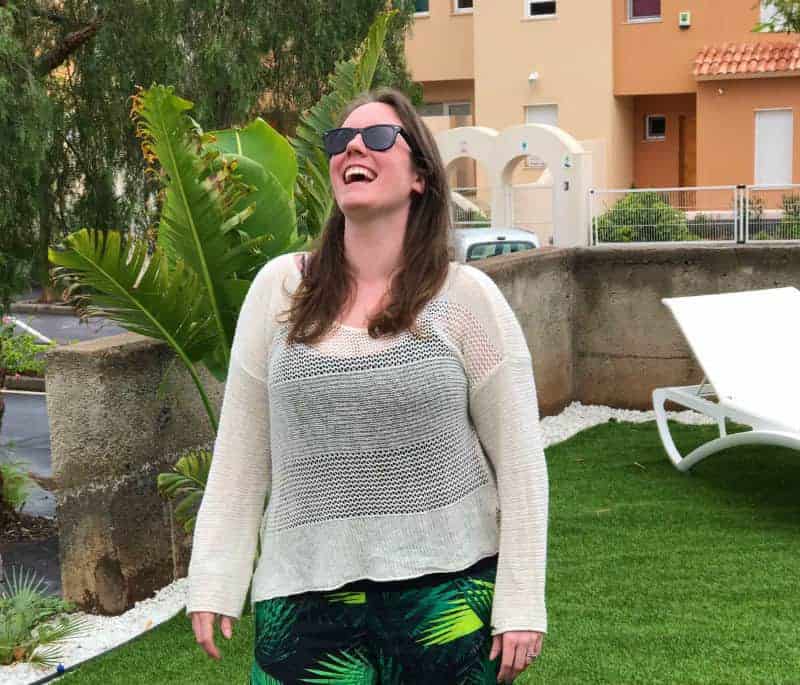
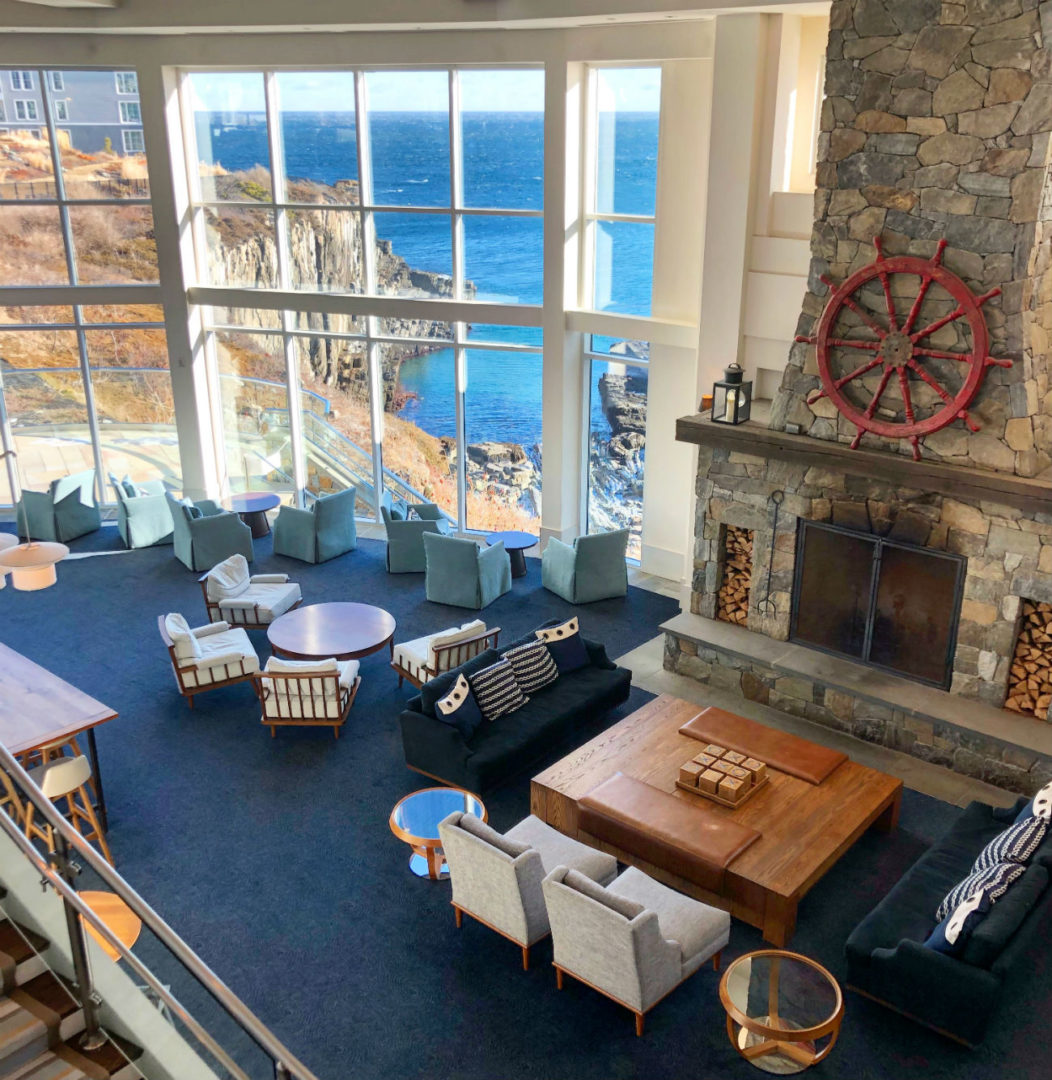
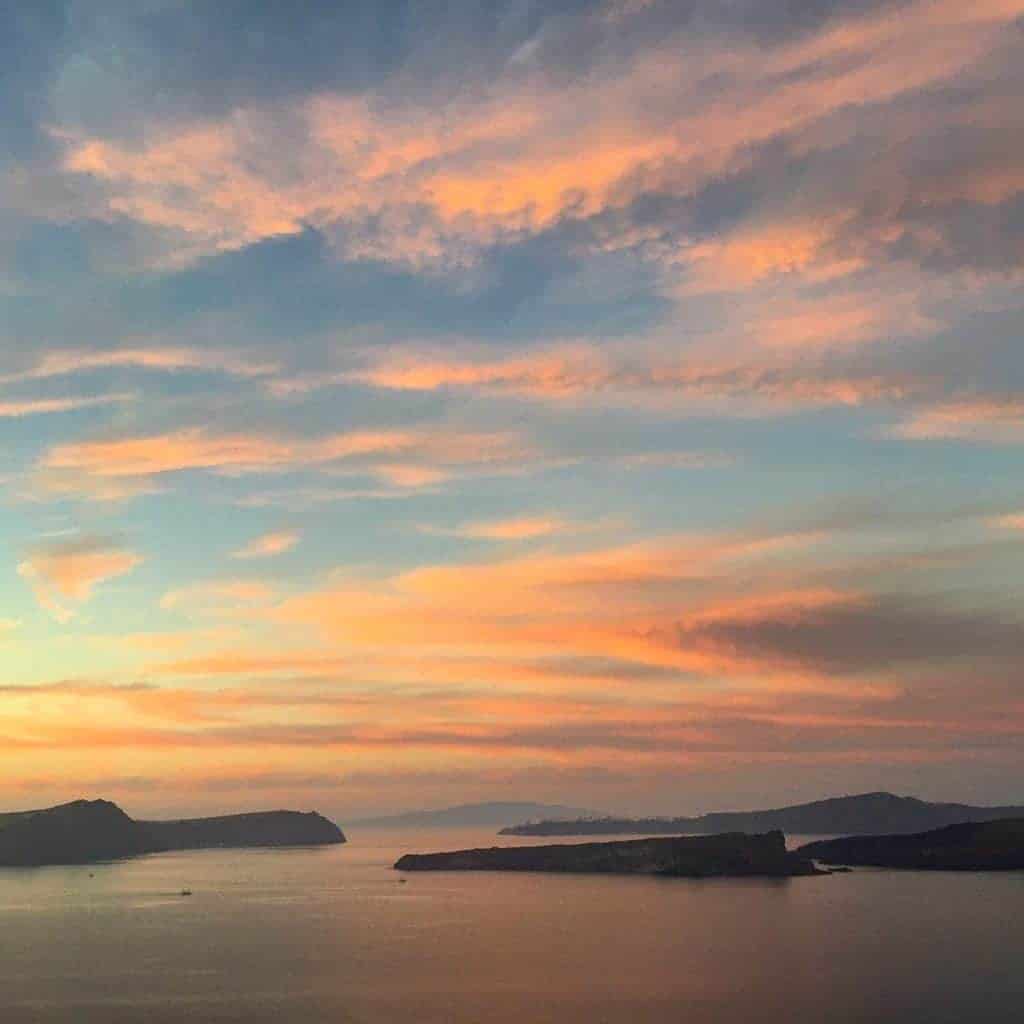
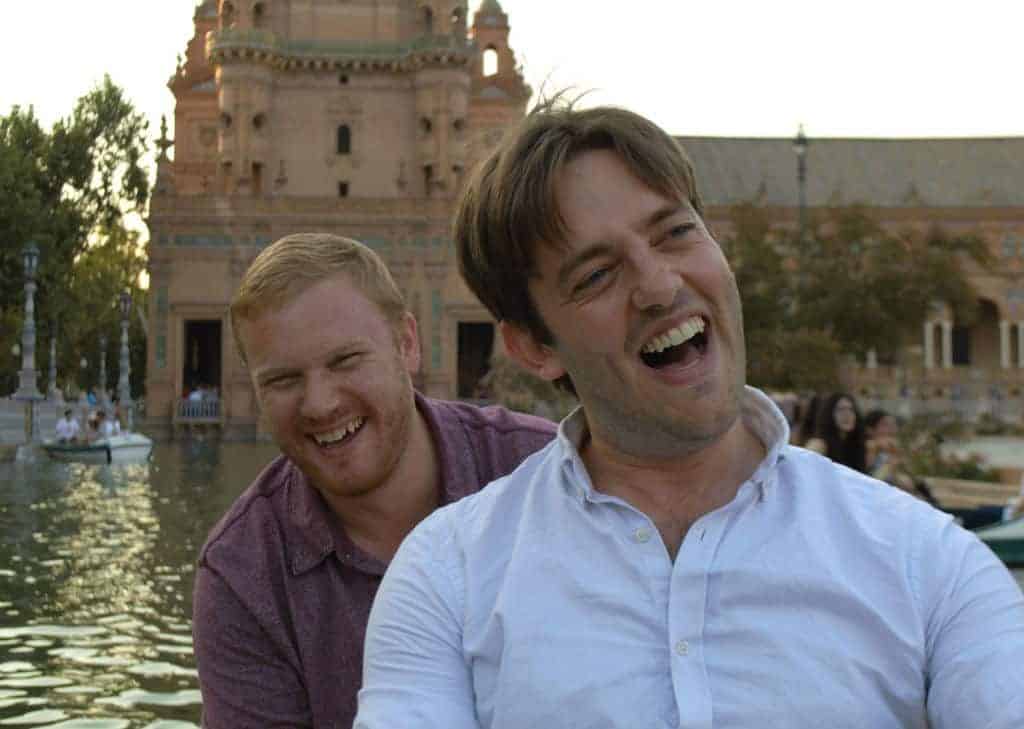
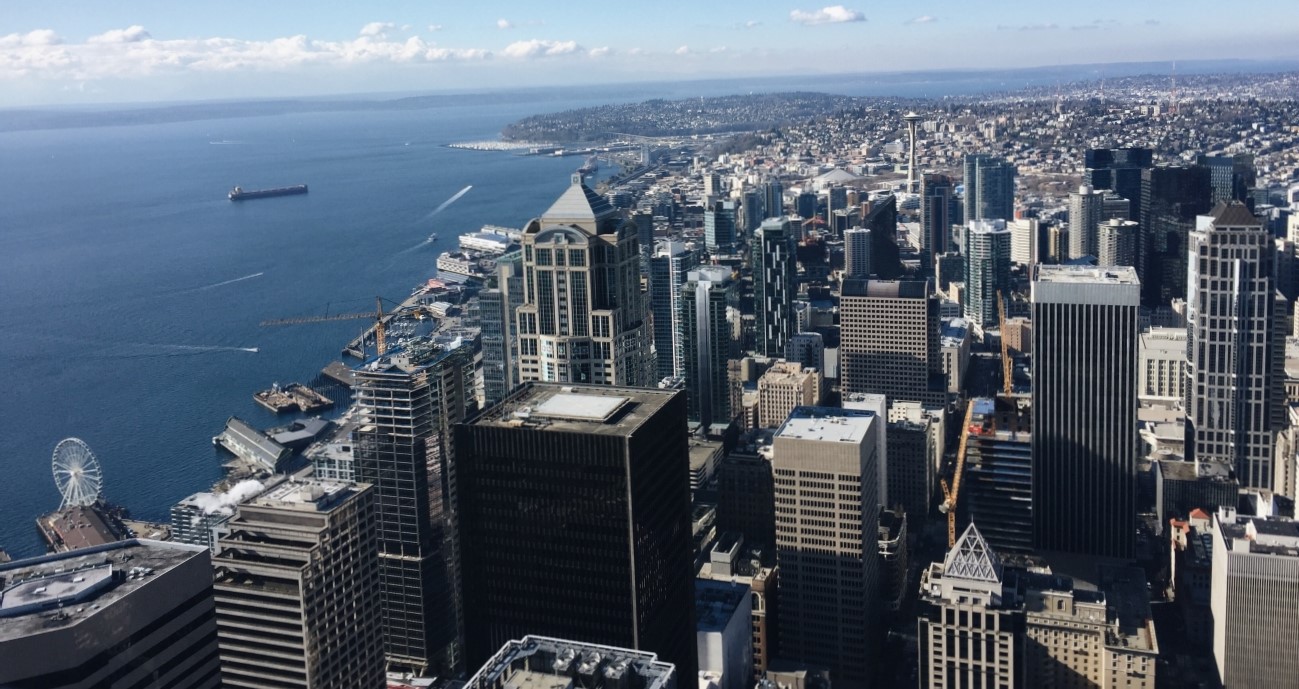





















Join the discussion 2 Comments